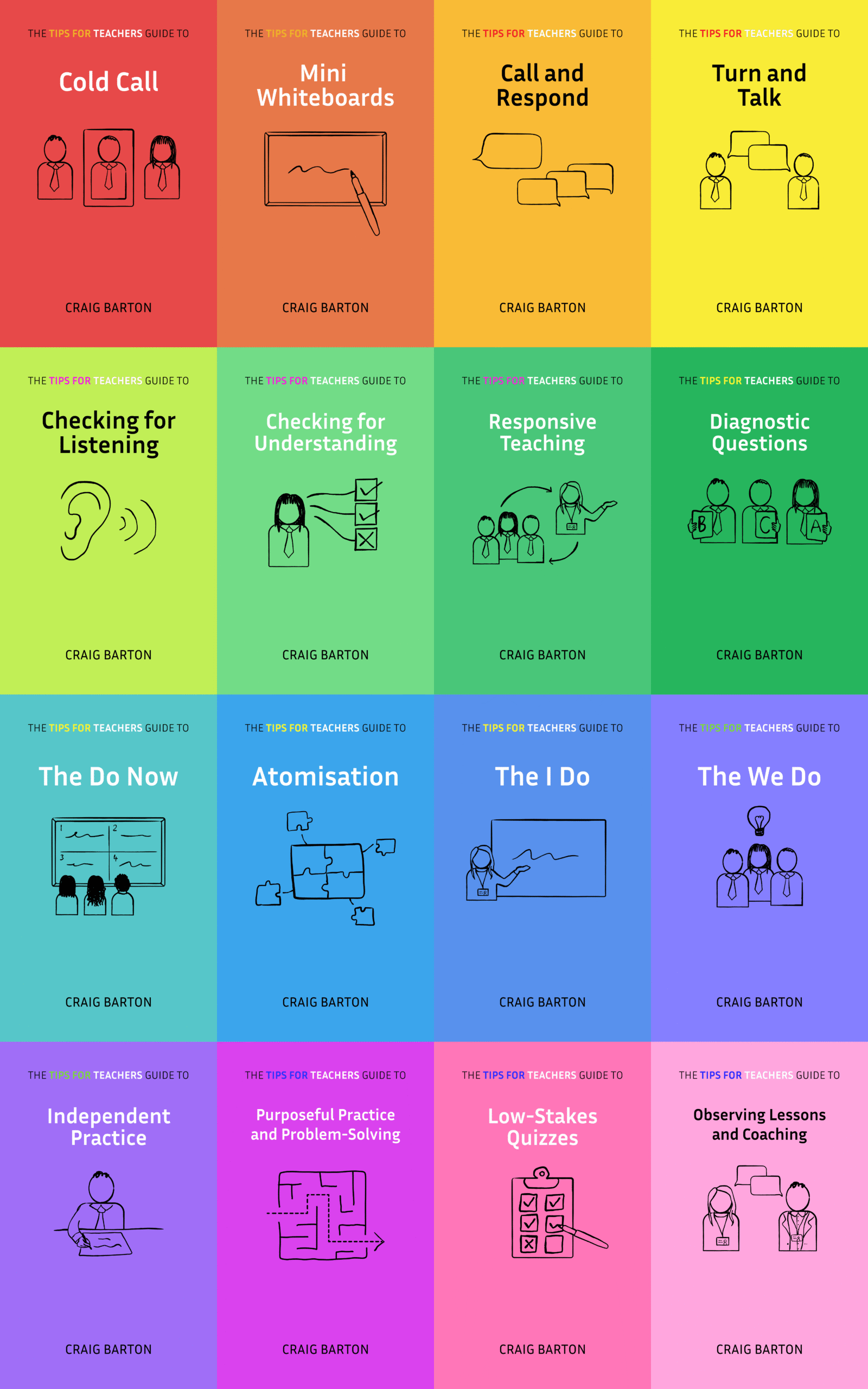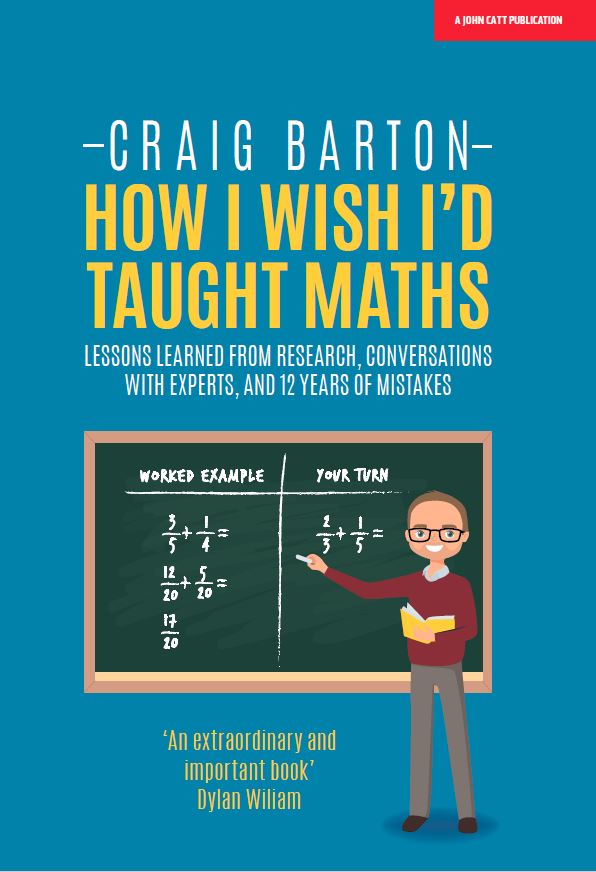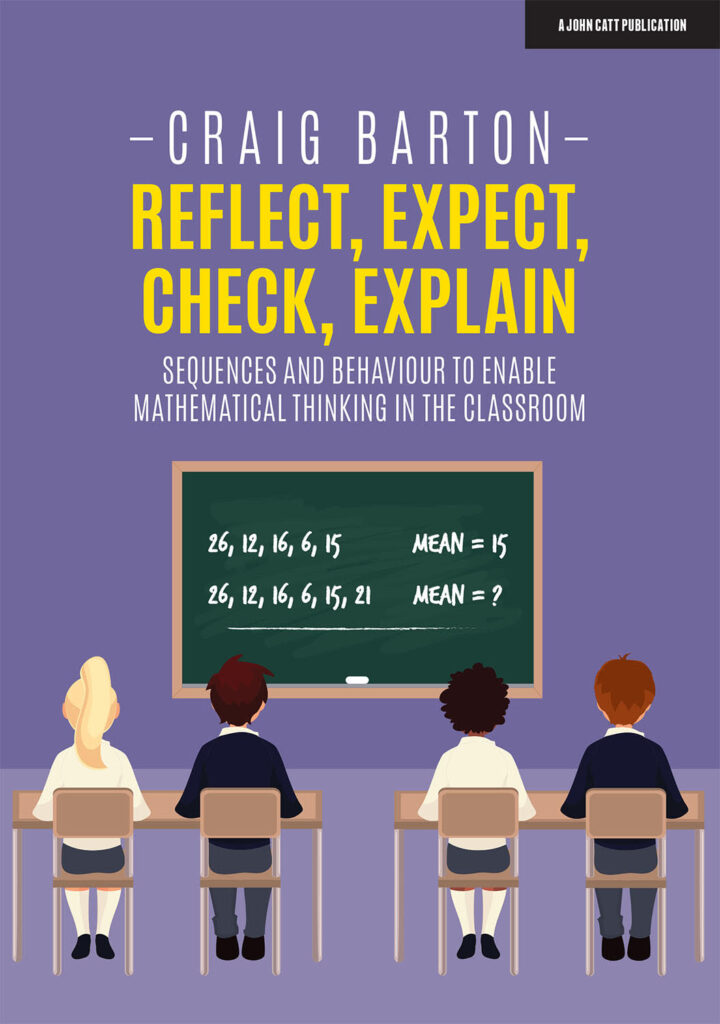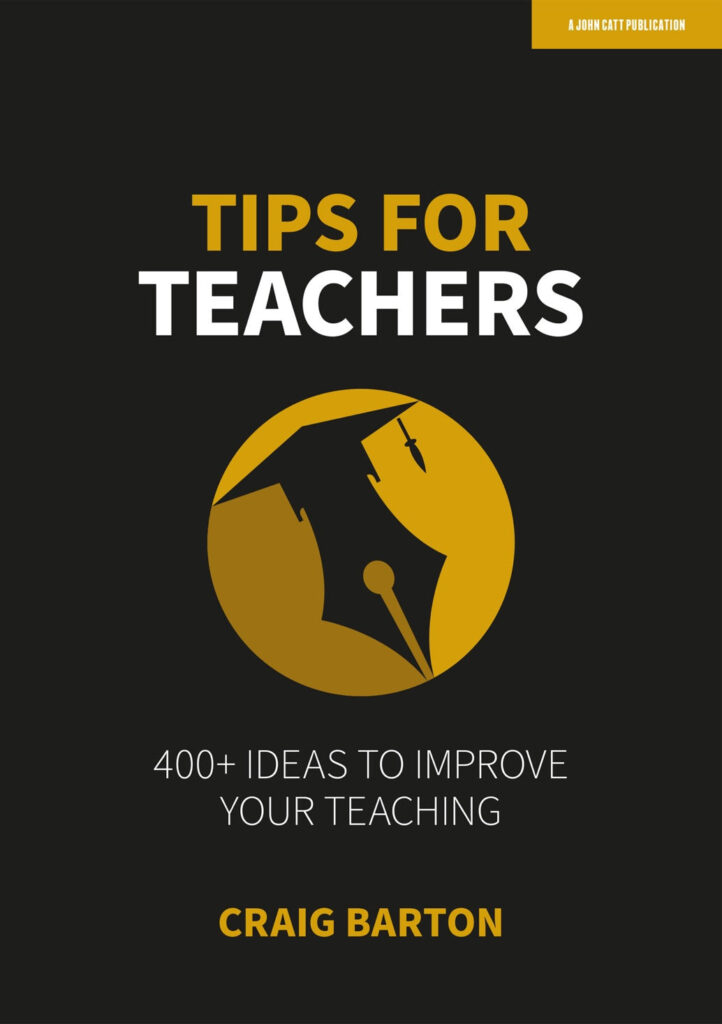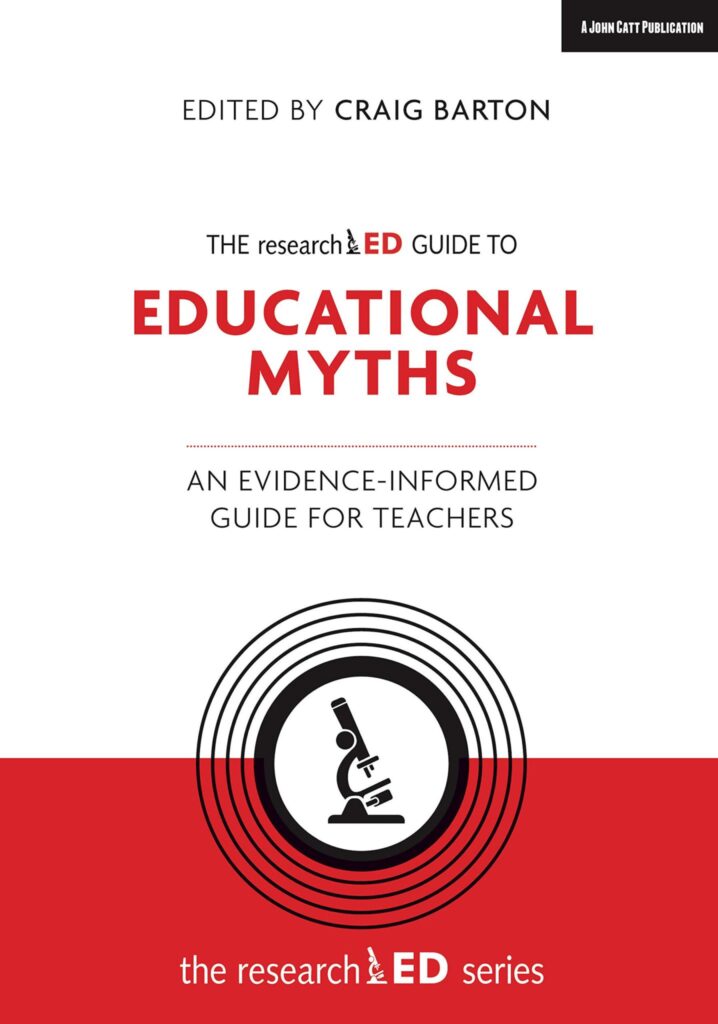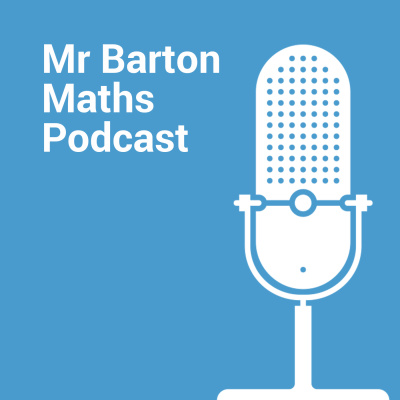
- Title: “Are you on slide 8 yet?” – The impact of standardised curricula on teacher professionalism
- Authors: National Education Union
- Access the original paper here
- Listen to a deep-dive podcast:
Paper summary
This extensive report examines the impact of standardized curricula on teacher professionalism in England, drawing on survey data from over 1600 teachers, interviews with 40 teachers, and analysis of policy documents and curriculum resources. Key findings indicate that while widely used, standardized curricula, particularly those developed in-house by schools or multi-academy trusts, are associated with a reduced sense of teacher autonomy and self-efficacy. Although initially perceived as a tool to alleviate workload, the research suggests these curricula often simply shift the workload burden from planning to adapting generic materials, leading to no overall improvement in teacher workload perception. The report specifically addresses the publicly funded Oak National Academy, finding its usage to be low and primarily for supplementary or cover purposes rather than as a comprehensive curriculum plan, thus questioning the justification for significant public investment. Ultimately, the document argues for a greater emphasis on teacher autonomy, professional development in curriculum design, and a more open and less politically driven debate about curriculum policy in England.
If teachers are to remember one thing from this study, it should be…
The central importance of their professional autonomy, self-efficacy, and role as curriculum makers
***Paper Deep Dive***
Define any technical terms used in the paper
Based on the sources provided, here are definitions for some of the technical terms used in the study:
SEND (Special Educational Needs and Disabilities): Refers to students with particular learning needs and disabilities. The study discusses concerns that standardised curricula are often ill-suited to meet the diverse needs of students with SEND.
Standardised Curricula: These are defined as units/schemes of work, programmes or packages that are ready for teachers to follow in teaching. This includes a wide range of practices, such as materials generated within an individual school or across a group of schools (“in-house”) and content provided by external third parties like educational publishers. They can be used flexibly or teachers may be expected to adhere very closely to the design.
Scripted Curricula: Mentioned as a specific form of standardised curricula in the international literature. In this approach, the materials or pre-packaged lesson plans explicitly script out exactly what the teacher will say, show, and do, so that the teacher only needs to read from a manual to deliver the lesson. While standardisation in England tends to be less detailed, there are instances where teachers are expected to deliver a programme uniformly.
Professional Autonomy: Understood as the “capacity, freedom and/or responsibility to make choices concerning one’s own teaching”. It is also described as teachers’ decision-making over aspects related to their work. Autonomy allows teachers to apply their skill and expertise to the unique context of their students and class. The sources distinguish between institutional autonomy (collective autonomy of the occupation) and service autonomy (autonomy of individual teacher practices in the classroom and school).
Teacher Self-efficacy: Refers to a person’s belief in their ability to succeed in a particular situation. In the context of teaching, it is defined as teachers’ capacity “to implement specific teaching behaviours that have an impact on students’ cognitive and non-cognitive outcomes”. It is also described as a teacher’s belief in their own capacity to make a positive impact in the classroom, influencing their likelihood to engage in effective pedagogical practices. The study measures this in terms of instructional self-efficacy and engagement self-efficacy.
Instructional Self-efficacy: A sub-category of teacher self-efficacy, referring to the teacher’s belief in their ability to teach or instruct well.
Engagement Self-efficacy: A sub-category of teacher self-efficacy, referring to the teacher’s ability to interest and motivate students in their learning.
Workload: Discussed as a complex issue that cannot be reduced to a simplistic notion of ‘hours worked’. While often perceived as the number of hours worked, the study highlights that it is also influenced by work intensity and task discretion. Standardised curricula may change the nature of workload rather than reducing it, by shifting the time spent from planning to interpreting and adapting materials.
Work Intensity: Refers to the effort expended within the hours worked.
Work Strain: A concept that combines workload (hours worked + work intensity) with task discretion (control over one’s work). Teachers in England are reported to experience high work strain due to high work intensity and low task discretion.
Task Discretion: Refers to a teacher’s control over one’s work and their ability to make decisions about how to carry out their work.
Taylorisation (Taylorism): Refers to the principles of ‘scientific management’ where managers specify in detail how any work task is to be performed, and the employee is required to follow this process without deviation. It involves separating the planning of work from the doing of work, reconstituting it under managerial control. In teaching, this is experienced when teachers are excluded from curriculum design and lesson planning and are expected to simply deliver a pre-prepared plan.
De-skilling: A process experienced by teachers when they feel excluded from meaningful involvement in curriculum design and lesson planning, which denudes them of their ability to draw on the full repertoire of their professional expertise. It can be a consequence of Taylorisation.
Multi-Academy Trust (MAT): A structure in the English school system where a single management group controls multiple schools. MATs are noted for sometimes adopting top-down approaches to standardisation across their schools.
DfE (Department for Education): The central government department responsible for education in England. It played a significant role in the establishment and funding of Oak National Academy.
Ofsted: The national body established in 1992 with substantial powers in the school system. Its inspections and reports are seen by teachers as a key driver for accountability pressures and the adoption of standardised curricula to demonstrate progression and coverage.
Cognitive Science: A research tradition that informs some pedagogical approaches, particularly those associated with ‘knowledge-rich’ curricula. Principles from this tradition, such as managing cognitive load and promoting long-term memory storage through frequent quizzes and recaps, are cited in relation to standardised curricula like Oak National Academy.
Evidence-informed teaching / Evidence-based practice: Terms used to mean practice that is influenced by robust research evidence. The study notes debates around what counts as ‘robust’ evidence and suggests that policymakers sometimes use evidence selectively to justify particular approaches.
Powerful Knowledge: A concept underlying some curriculum approaches, particularly the 2014 national curriculum. It asserts that “the specifics of what we want students to learn matter and the traditions of subject disciplines are respected”. It emphasizes students acquiring a specific body of declarative and procedural knowledge.
Oak National Academy (Oak): A specific, publicly funded provider of standardised curriculum resources. It emerged during the Covid-19 pandemic and was subsequently established as an arms-length body of the DfE. It aims to provide curriculum materials across all subjects.
TALIS (Teaching and Learning International Survey): The OECD’s international survey that collects comparative data from teachers and school leaders on their school environments and working practices, including teacher autonomy and self-efficacy.
EEF (Education Endowment Foundation): An organisation that publishes research reviews and guidance reports related to education practice. Their findings on topics like vocabulary teaching and cognitive science are referenced in the sources.
What does this paper add to the current field of research?
Based on the sources, this study adds significantly to the current field of research in several key ways:
- Addressing a Research Gap on Teachers’ Experiences: The sources repeatedly state that despite the increasing use of standardised curricula, particularly since the 2014 national curriculum reforms, there has been little research that looks at teachers’ actual experience of using these curricula. This study specifically sought to address that gap in current knowledge by providing a deeper and more sophisticated understanding of teachers’ experiences.
- Comprehensive Data Sources and Methodology: The study contributes by drawing on a combination of a large-scale survey (1,655 teachers) and detailed qualitative interviews (40 teachers), complemented by a documentary analysis of policy papers and curriculum resources. This mixed-methods approach provides both quantitative evidence on the prevalence and perceived impacts of standardised curricula and rich, in-depth qualitative insights into the reasons behind these perceptions and experiences. Previous research, such as the TALIS surveys, might provide quantitative data on autonomy or self-efficacy, but this study provides the context and lived experience behind those numbers.
- Establishing the Extent and Nature of Use: The study quantifies the widespread use of standardised curricula, showing that 90% of primary teachers and 54% of secondary teachers use them in some form. It also identifies the prevalence of different types of providers, highlighting that ‘in-house’ curricula developed within schools or MATs are the most common type at secondary level and significant at primary.
- Empirical Evidence on the Relationship with Autonomy and Self-Efficacy: The study provides clear evidence, based on a large sample, that using standardised curricula is associated with a reduced sense of professional autonomy for both primary and secondary teachers, particularly regarding control over course and lesson content. It also shows that secondary teachers using standardised curricula report significantly lower self-efficacy in instruction and engagement compared to non-users. This empirically supports theoretical concerns about the impact of such approaches on teacher professionalism.
- Challenging Claims About Workload Reduction: A key contribution is the finding that standardised curricula did not lead to a significant overall reduction in teachers’ perceived workload compared to non-users. While many teachers perceived workload benefits, particularly in initial planning time, the qualitative data reveals that the work often shifts to interpreting and extensively adapting generic materials, especially for diverse needs like SEND, effectively changing the nature of the workload rather than reducing it. This nuance around workload adds depth to the understanding of the issue.
- Case Study of Oak National Academy: The report provides a specific, publicly-funded case study on Oak National Academy, which had received significant government support and funding. The study found low teacher take-up of Oak as a sequenced curriculum plan and concludes that Oak materials are often not being used in the way originally envisaged by the DfE in its business case (as a coherent, sequenced plan), but rather on a ‘pick and mix’ basis for specific needs like cover or supporting non-specialists. It also casts doubt on Oak’s claims of significant workload reduction based on its own data.
- Critique of Underlying Pedagogical and Curriculum Principles: The study provides analysis of the pedagogical approaches often embedded in standardised curricula, linking them to specific interpretations of ‘powerful knowledge’ and cognitive science. It questions the applicability of these approaches (e.g., focus on factual recall, direct instruction, minimal adaptation) for engaging learners, fostering critical thinking, or meeting diverse needs. The analysis of Oak materials specifically contributes to this critique.
- Connecting Standardisation to Broader Systemic Issues: The study links the rise of standardised curricula to wider policy contexts, including the influence of accountability pressures (especially from Ofsted) and the increasing centralisation of control within MATs. It raises concerns about the potential ‘Taylorisation’ or de-skilling of teaching, suggesting that this trend may reflect a lack of trust in teacher expertise and could impact the future of the profession. It also highlights concerns about limited democratic debate regarding curriculum control and system governance.
In summary, this study moves beyond simply describing the existence of standardised curricula to deeply investigating their impact on teachers’ professional lives and the quality of education, providing empirical data and rich qualitative insights that were previously lacking. It offers a critical perspective that challenges policy narratives around workload reduction and highlights the complex interplay between curriculum, pedagogy, teacher professionalism, and the wider accountability system in England.
What are the characteristics of the participants in the study?
Based on the sources provided, here are the characteristics of the participants in this study:
The study draws on data from two main sources: a large-scale survey and detailed interviews. These are complemented by an analysis of Oak National Academy curriculum resources.
Survey Participants:
- Number: The survey was completed by 1,655 teachers.
- Role: The participants were classroom teachers and middle leaders.
- School Type and Phase: They worked in mainstream schools for students aged 0-18, including nurseries, in England. The sample included teachers from both the state and independent sectors, although the great majority (1,609, or 97%) worked in the state sector. The sample included teachers from primary, secondary, and mixed-age schools.
- Affiliation: The survey was distributed to NEU members. While it was a survey of NEU members, the researchers were satisfied that the sample was broadly reflective of the characteristics of mainstream state school teachers in England by gender, ethnicity, school phase, region, and work pattern, based on school workforce census data.
- Use of Standardised Curricula: The survey established whether teachers had used standardised curricula in the past 12 months. Those who had (71% overall; 90% primary, 54% secondary) answered additional questions. A smaller subset (55 teachers or 3% of the total sample) reported following Oak National Academy curricula systematically.
- Timeframe: The survey was conducted online and was completed in February 2024.
Interview Participants:
Timeframe: Focus group interviews were held in February 2024. Individual interviews were conducted between April and July 2024.
Number: A total of 40 teachers participated in interviews. This included both focus group interviews and individual interviews.
Type of Interviews:
Focus group interviews: 19 teachers participated in these.
Individual interviews: 21 teachers participated in these.
Role: The interviewees were teachers, including classroom teachers and two middle leaders (one primary, one secondary) among the individual interviewees.
School Type and Phase: They worked across English schools, including both primary and secondary sectors. The individual interviews included 7 primary and 13 secondary teachers. Focus groups were intentionally mixed (primary and secondary).
Subject Specialisms (Secondary): The individual secondary interviewees covered a range of subject specialisms: English, maths, science, history, geography, music, biology, chemistry, and drama.
Experience: Interviewees had experience of standardised curricula, including Oak National Academy resources.
Affiliation: All interview participants were NEU members. Those in focus groups were active in the NEU, at least as national conference delegates. The researchers note that as NEU members, their perspectives are not necessarily representative of all teachers, but the sampling allowed comparisons with survey data.
Recruitment: Individual interviewees volunteered for further contact after completing the survey. Focus group interviewees were invited from the NEU 2024 annual conference delegate list.
What are the key implications for teachers in the classroom?
Based on the sources and our conversation history, the study highlights several key implications for teachers in the classroom regarding the use of standardised curricula:
- Reduced Professional Autonomy: Teachers using standardised curricula report a significantly reduced sense of professional autonomy. This is particularly acute in relation to control over course content and the content of individual lessons. More than a third of primary school teachers surveyed felt they had little or no influence on the content of individual lessons. Interviewed teachers linked this to curriculum packages, especially those developed ‘in-house’ by schools or MATs, being imposed from above often without their input or consultation. This reduced autonomy impacts their task discretion, or ability to make decisions about how to carry out their work.
- Lower Self-Efficacy (Especially Secondary): The study found that secondary teachers who use standardised curricula report significantly lower levels of self-efficacy compared to non-users. This is true for both instructional self-efficacy (belief in their ability to teach effectively) and engagement self-efficacy (belief in their ability to interest and motivate students). Teachers felt constrained to the point where they couldn’t fully exercise their skills to tailor instruction, potentially explaining lower self-efficacy in instruction. They also felt the materials themselves were sometimes boring or ill-adapted, making it harder to engage students, which could lower engagement self-efficacy.
- Workload Shifts, Not Necessarily Reductions: A key implication is that standardised curricula did not lead to a significant overall reduction in teachers’ perceived workload. While some teachers perceived benefits in initial planning time, the study suggests workload often shifts from researching and planning to interpreting and extensively adapting generic materials. Teachers commented that adapting materials to meet specific pupil needs, particularly for students with SEND, created significant additional work. This changes the nature of the workload. Workload is presented as a complex issue involving not just hours but also work intensity and task discretion (control), and standardised curricula appear to negatively impact task discretion.
- Difficulty Meeting Diverse Student Needs: A significant concern for teachers is that standardised curricula are often ill-adapted to the specific needs of their pupils. This is particularly pronounced for children with special educational needs and disabilities (SEND), where teachers found it impossible to fully use or adapt the materials, potentially limiting inclusion. Teachers also felt constrained in challenging higher-achieving students or adapting the pace of lessons based on student understanding.
- Shift Towards Passive, Restricted Pedagogy: Standardised curricula are often associated with specific pedagogical approaches, such as direct instruction and a focus on factual recall and memorisation. Teachers reported this led to lessons becoming more passive, screen-led (especially via mandatory PowerPoints), and less engaging, limiting opportunities for critical thinking, discussion, collaborative work, and creative responses. This often contrasts with teachers’ own beliefs about effective teaching and learning.
- Experience of Control and Lack of Trust: Teachers perceive the mandatory use of standardised curricula as a control mechanism and indicative of a lack of trust in their professional expertise. They reported being monitored and sometimes reprimanded for deviating from the prescribed materials. This reinforces a sense of being expected to simply ‘deliver’ pre-planned content rather than exercise professional judgment.
- Concerns About Deskilling and the Future of the Profession: Many teachers expressed fears that the trend towards highly prescriptive, standardised curricula is leading to a deskilling or de-professionalisation of teaching. They worried that the role of a qualified, expert teacher is being diminished if the primary task becomes delivering pre-packaged materials, potentially allowing less qualified staff to take over. They also linked this to concerns about the adequacy of current teacher education and a perceived decline in subject-specific professional development.
In essence, for teachers in the classroom, the widespread adoption of standardised curricula, particularly in its more prescriptive forms, translates into reduced control over what and how they teach, potentially lower confidence in their ability to teach and engage students effectively (especially in secondary), workload that changes rather than diminishes, significant challenges in meeting the diverse needs of learners, and a sense of being less trusted and potentially de-skilled. These experiences contribute to lower job satisfaction and raise concerns about teacher retention.
Why might teachers exercise caution before applying these findings in their classroom?
Based on the sources provided, teachers might exercise caution before directly “applying” the findings of this study in their classroom practice for several reasons:
- The Study Explores Experiences, Not Prescribes Practice: The report’s aim is to “develop a deeper and more sophisticated understanding of teachers’ experience and use of standardised curricula”. It seeks to illuminate the ways in which standardised curricula are experienced and evaluated by teachers. The findings describe correlations (e.g., between SC use and lower autonomy/self-efficacy for secondary teachers) and document teacher perceptions and evaluations. The study is an analysis of the impact of using SCs, not a guide offering prescriptive instructions on how to teach or which specific curriculum approaches work best for student outcomes. Therefore, a teacher cannot “apply” a finding like “Standardised curricula… work against teacher autonomy and self-efficacy” as a direct change to their teaching method the next day. Instead, they can use this finding to understand potential impacts and advocate for change, but the finding itself describes a phenomenon experienced by others.
- Findings are Based on Perceptions and Evaluations: Much of the key data, particularly from the survey, relies on teachers’ perceptions of autonomy, self-efficacy, and workload. While these perceptions are crucial to understanding the teachers’ experience and job satisfaction, they are subjective and may vary from one teacher or school context to another. A teacher reading the report would need to consider if the documented perceptions resonate with their own experience and the specific standardised curricula used in their school.
- Variability in Standardised Curriculum Use: The report highlights that standardised curricula are used in a “wide range of practices”. They can be used in a “loose and flexible manner” or teachers might be “expected to adhere very closely” (referred to as ‘scripted curricula’ in international literature). The negative impacts on autonomy, self-efficacy, and the issues around adapting for diverse needs appear to be more pronounced when standardised curricula are used in a prescriptive, mandatory, ‘scripted’ fashion. A teacher working in a school where SCs are used flexibly as a resource bank might not experience the negative impacts reported by teachers in schools with mandatory, rigid adherence. Applying findings about the negative effects of prescriptive SCs might be inappropriate if their own context is one of flexible use.
- Sample Limitations and Generalizability: The study’s data sources are a survey of 1,655 NEU members and interviews with 40 NEU members. While the survey sample was deemed “broadly reflective of the characteristics of mainstream state school teachers in England” by demographic factors, the interviewees were “active in the NEU in some capacity”, which the researchers note means their perspectives are “not necessarily representative of all teachers”. The findings represent the experiences of this specific group of participants, and individual teachers outside this group might have different experiences.
- Complexity and Nuance of Findings: The study reveals that issues like workload are complex and not simply about hours worked; they involve work intensity and task discretion. The findings suggest workload might shift (from planning to adapting) rather than significantly decrease overall. Simply reading that SCs don’t reduce workload doesn’t provide clear guidance on how an individual teacher should manage their specific workload challenges. The report details why workload isn’t perceived to decrease overall, which requires a nuanced understanding, not direct application.
- The Study Itself Calls for Further Research and Debate: The authors conclude that the findings “do not claim… a comprehensive account” and “should be researched further”. They preface their recommendations with a call for “more open debate” about curriculum policy. This indicates that the findings are contributions to an ongoing discussion and require further exploration and validation, rather than representing definitive conclusions ready for immediate, universal application in every classroom.
In summary, the report provides valuable insights into the potential negative impacts of certain forms of standardised curricula on teachers’ work and the student experience. However, it primarily describes the experiences and perceptions of a specific group of teachers and highlights the complexity and variability of SC implementation. Teachers should therefore exercise caution and critically consider how these findings might relate to their own specific school context, the nature of the standardised curricula they use, and their students’ needs, rather than applying the findings as universal truths or prescriptive instructions.
What is a single quote that summarises the key findings from the paper?
I looked into stress and I discovered that stress wasn’t necessarily being caused by workload. It was also being caused by a lack of professional freedom… from not being able to, you know, take ownership of what we do anymore or how we teach. My colleague describes it as she feels like she’s a warm body at the front of the classroom, that sense of disconnect from what you’re teaching because you haven’t planned it, it’s not meaningful for you.
